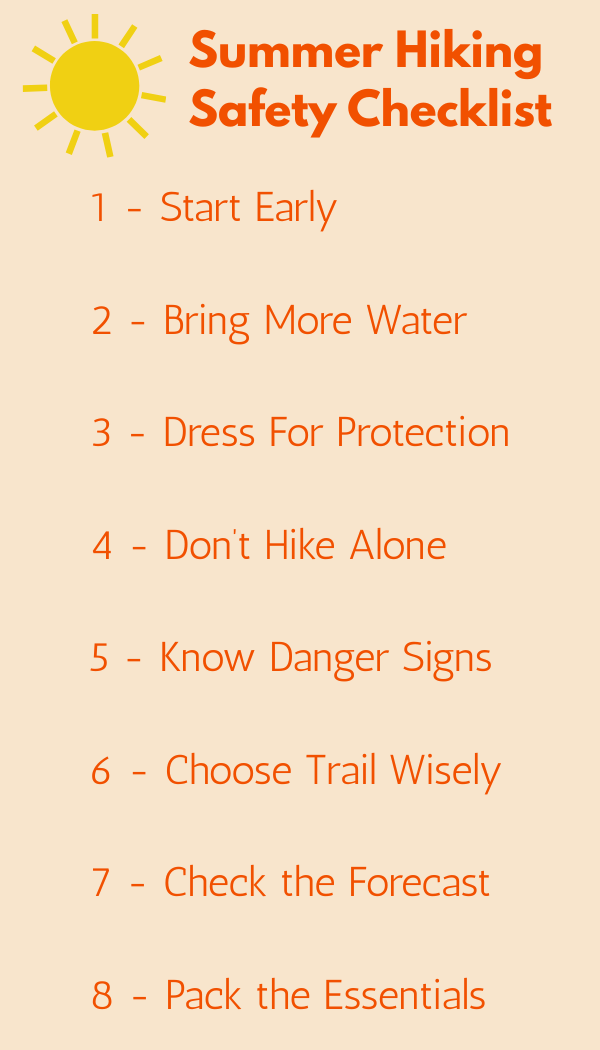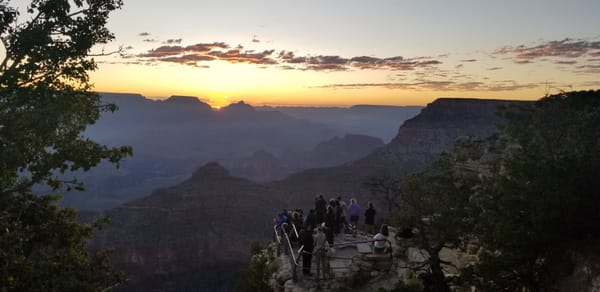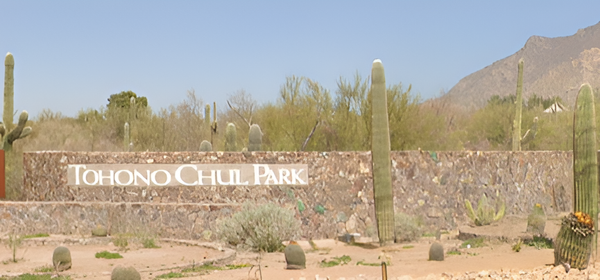Hiking in the Heat: A Safety Guide for Summer in Arizona
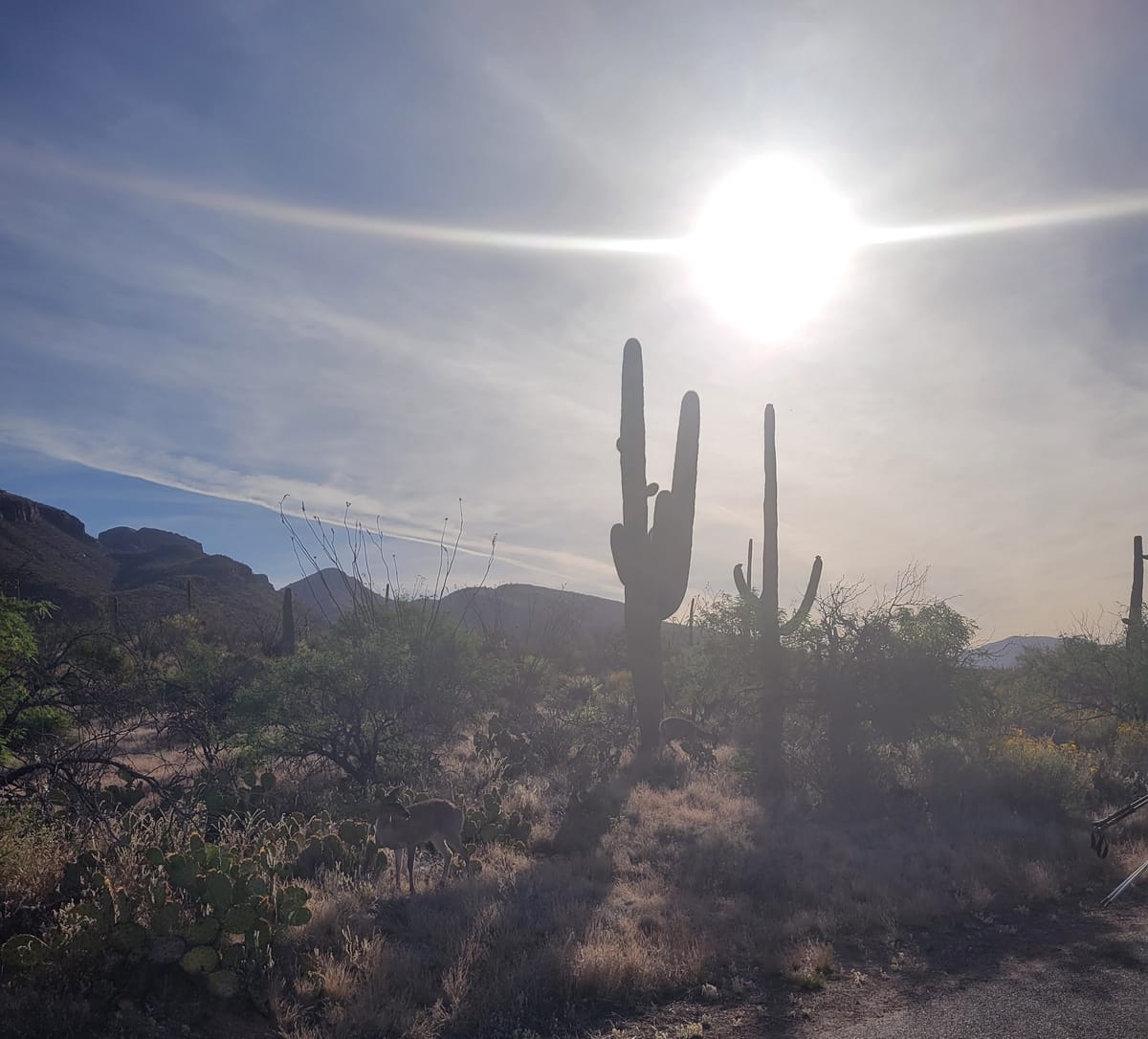
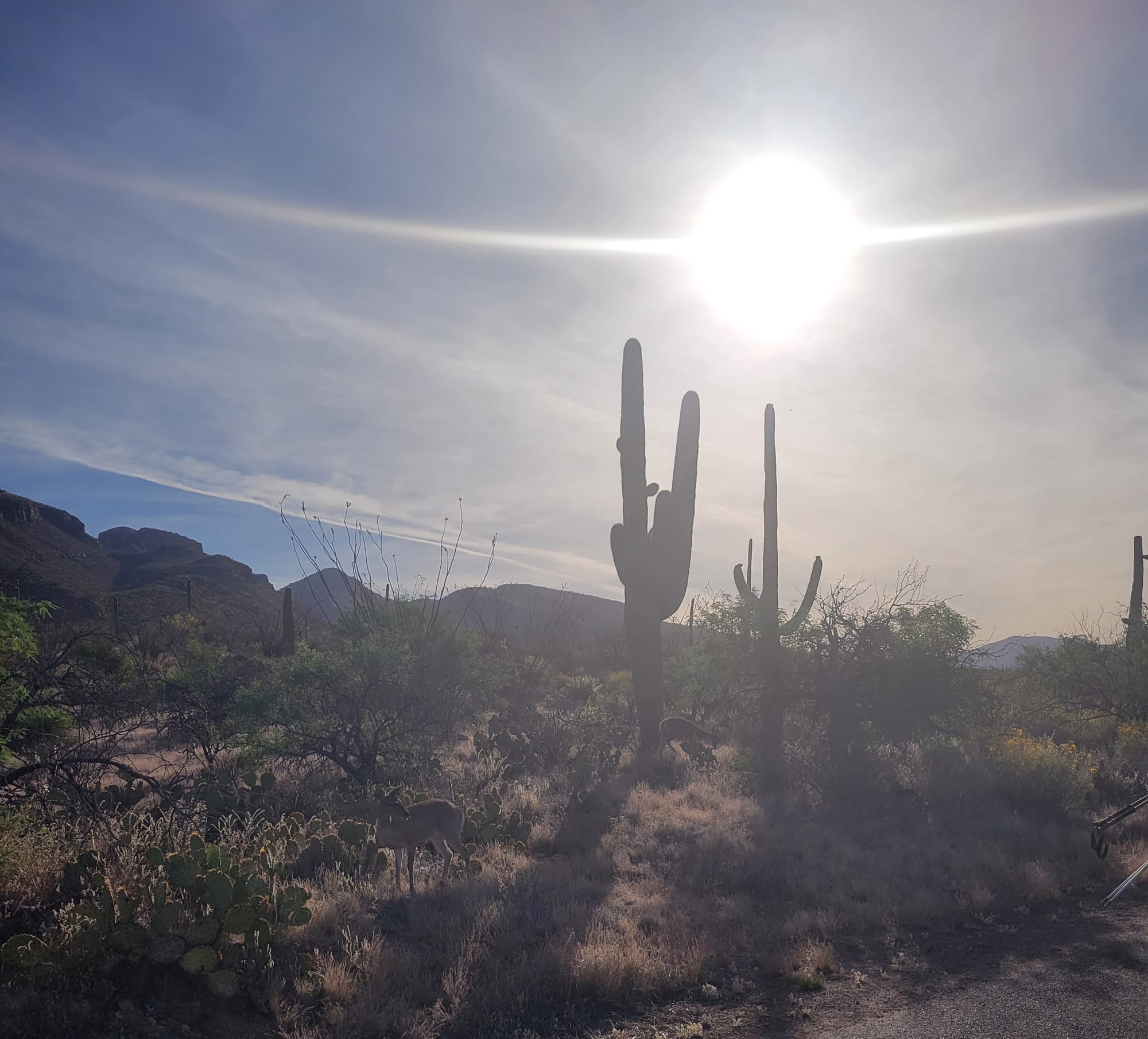
Arizona in the summer is no joke. The sun is harsh, the air is dry, and the temperatures can put your body in danger fast. Hiking is still possible, but you need to take it seriously. This guide covers what you need to know before heading out into the heat.
1 - Start Early or Stay Home
Plan to hit the trail before or around sunrise. The heat ramps up fast, and by late morning it can already be dangerous. Many rescues happen between 10 a.m. and 4 p.m., so avoid that window. Some experienced hikers prefer to go at night when the moon is full. That is a safer option than hiking in the middle of the day.
2 - Water Comes First
Bring more water than you think you’ll need. A solid rule is at least one liter per hour. Longer hikes might require three or four liters. Add electrolytes through tablets, powders, or snacks with salt. Dehydration does not announce itself until it is already happening.
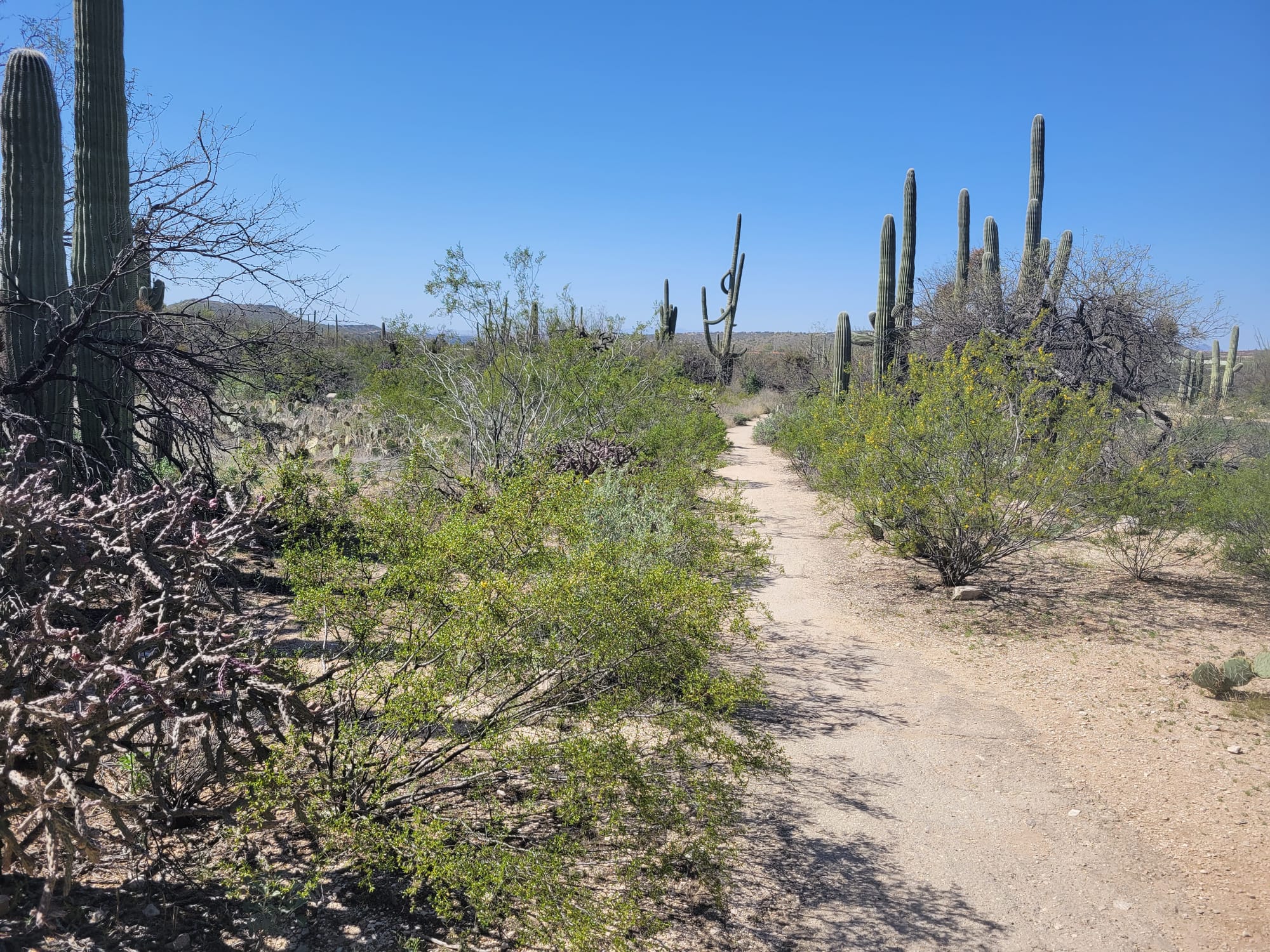
3 - Dress for the Desert
Wear clothing that is light in color and made from moisture-wicking materials. Cover your skin with long sleeves and long pants. Protect your face and neck with a wide-brimmed hat. Use strong sunscreen, and reapply it as needed. Do not count on shade to protect you.
4 - Avoid Hiking Alone
If something happens and no one is there to help, your situation can go bad fast. Always hike with a partner if possible. If you must go solo, leave your plan with someone and stick to well-used trails. A personal locator beacon or GPS device can be a lifesaver.
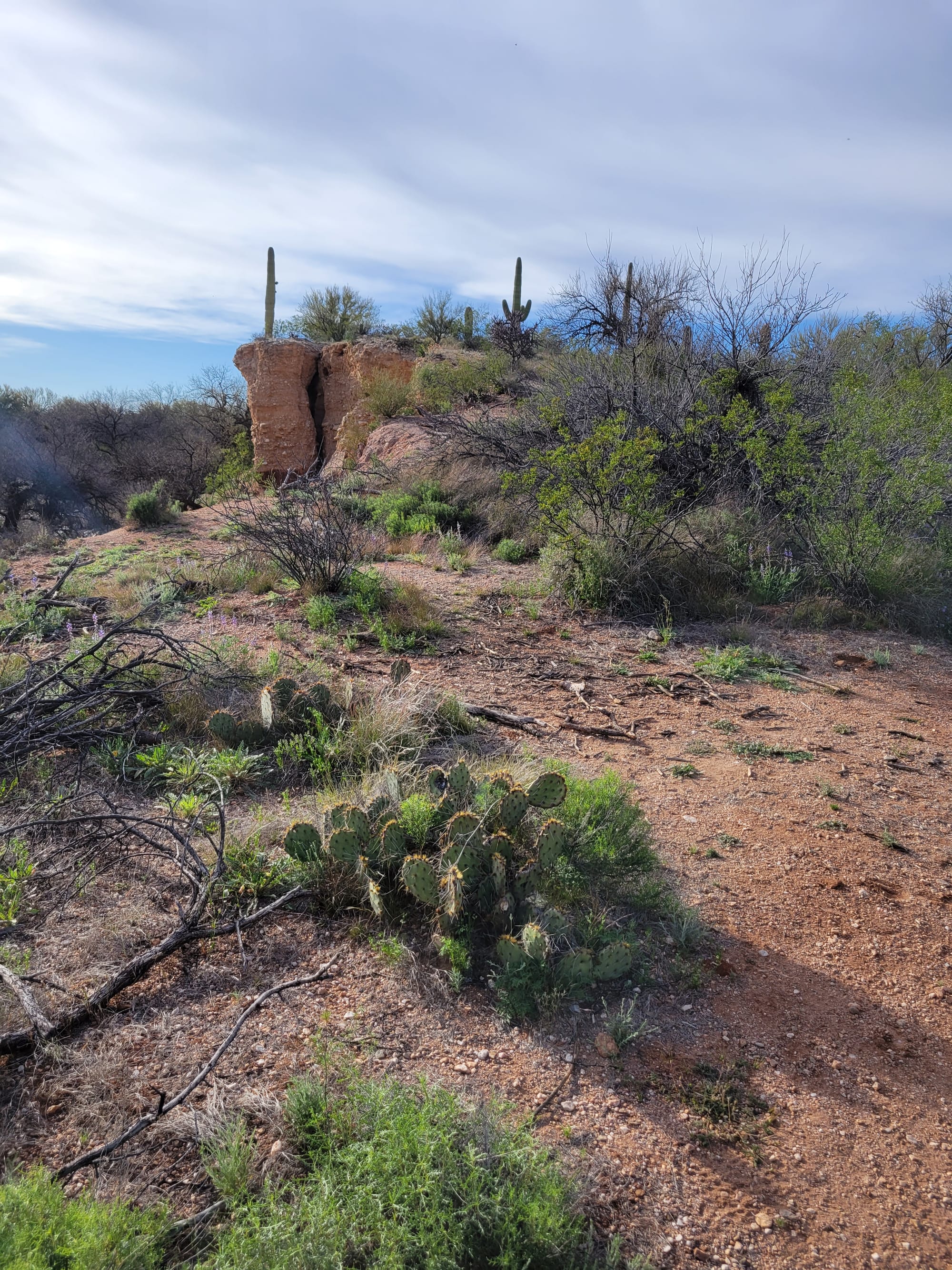
5 - Learn the Danger Signs
Watch for heat-related illness. The signs include:
- Headache
- Nausea or vomiting
- Dizziness or confusion
- Rapid heartbeat
- Lack of sweat despite hot skin
If these symptoms appear, stop immediately. Move to shade, drink water, and cool your body. Call for help if things do not improve.
6 - Choose Your Trail Wisely
Stick to short routes with shade or elevation gain. Higher areas like Mount Lemmon or the Mogollon Rim offer relief from the heat. Shady trails along streams or canyon walls can also help. Avoid exposed trails like Camelback Mountain.
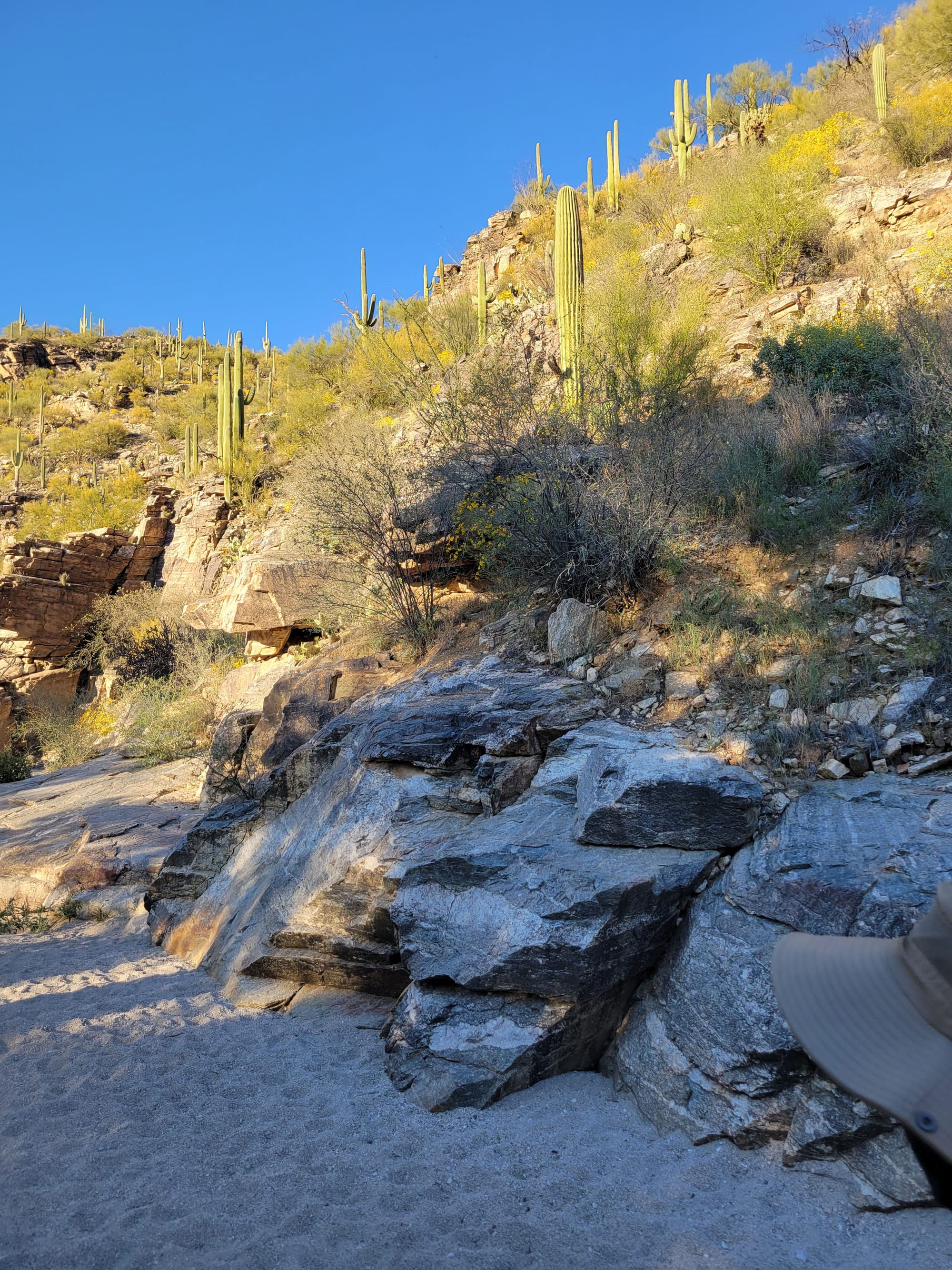
7 - Check the Forecast
Look at the weather before you go. If there is a heat advisory, stay home. If monsoon storms are likely, delay your trip. Lightning, flash floods, and washed-out trails can turn a hike into an emergency.
8 - Pack Like You Mean It
You need more than just a water bottle. Bring:
- Water and electrolytes
- Salty snacks
- A printed map or downloaded offline trail map
- Phone and power bank
- Small first aid kit
- Flashlight or headlamp
- Emergency whistle or mirror
- Cooling bandana or towel
If you are hiking solo, add a GPS or beacon.
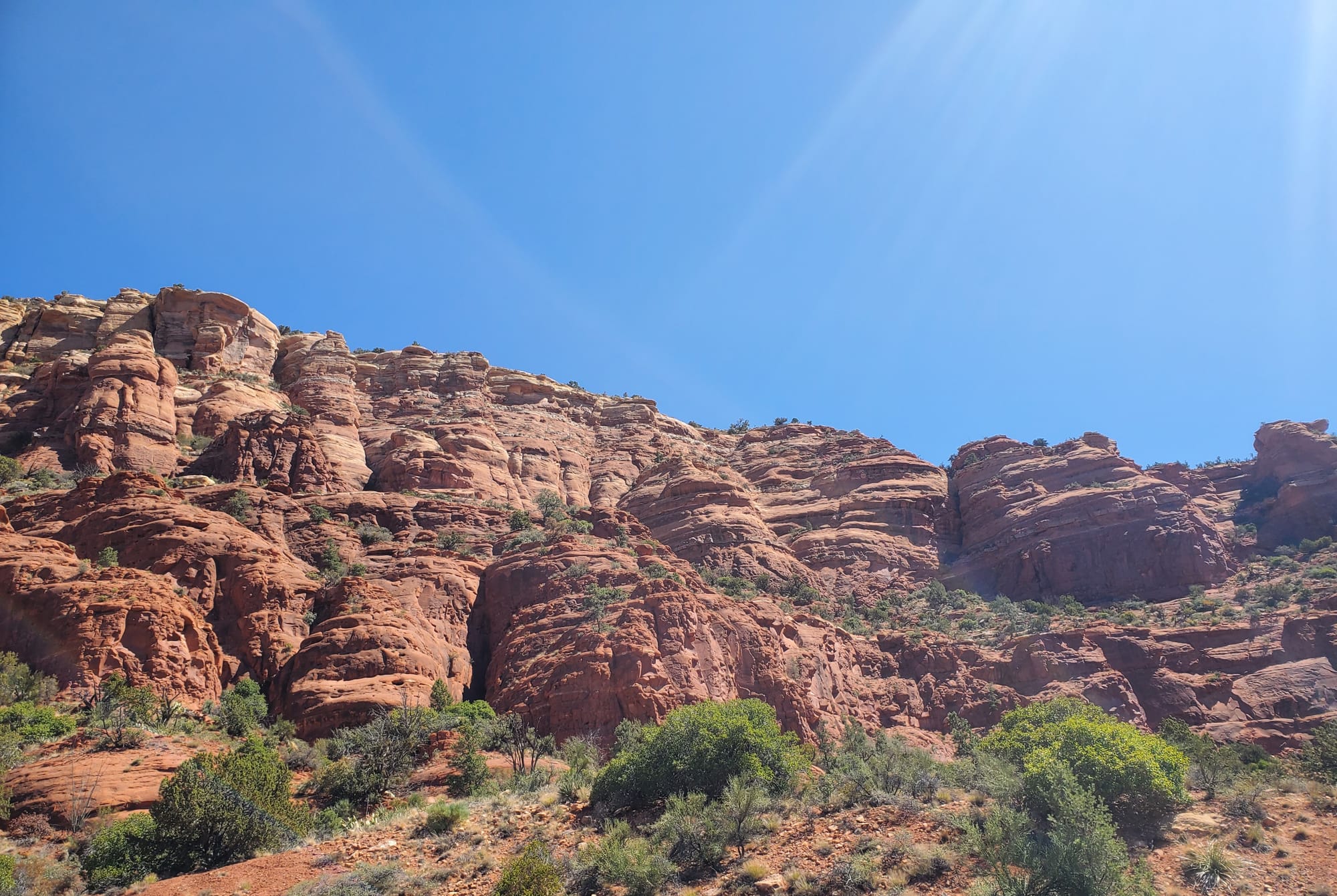
Take the Heat Seriously
The desert is not here to accommodate. It does not care how fit you are, how experienced you feel, or how many hikes you’ve done elsewhere. Arizona heat can overwhelm anyone who underestimates it.
Hiking in the summer here means adjusting your expectations. It means turning back early if needed, skipping that last viewpoint, and choosing safety over pride. The sun, the terrain, and the lack of water all demand respect.
There is no shame in taking it slow, hiking shorter trails, or calling it off entirely when conditions look rough. Getting home safely is the only goal that matters. A safe hike is always better than a dramatic one — and the desert will still be there tomorrow.
